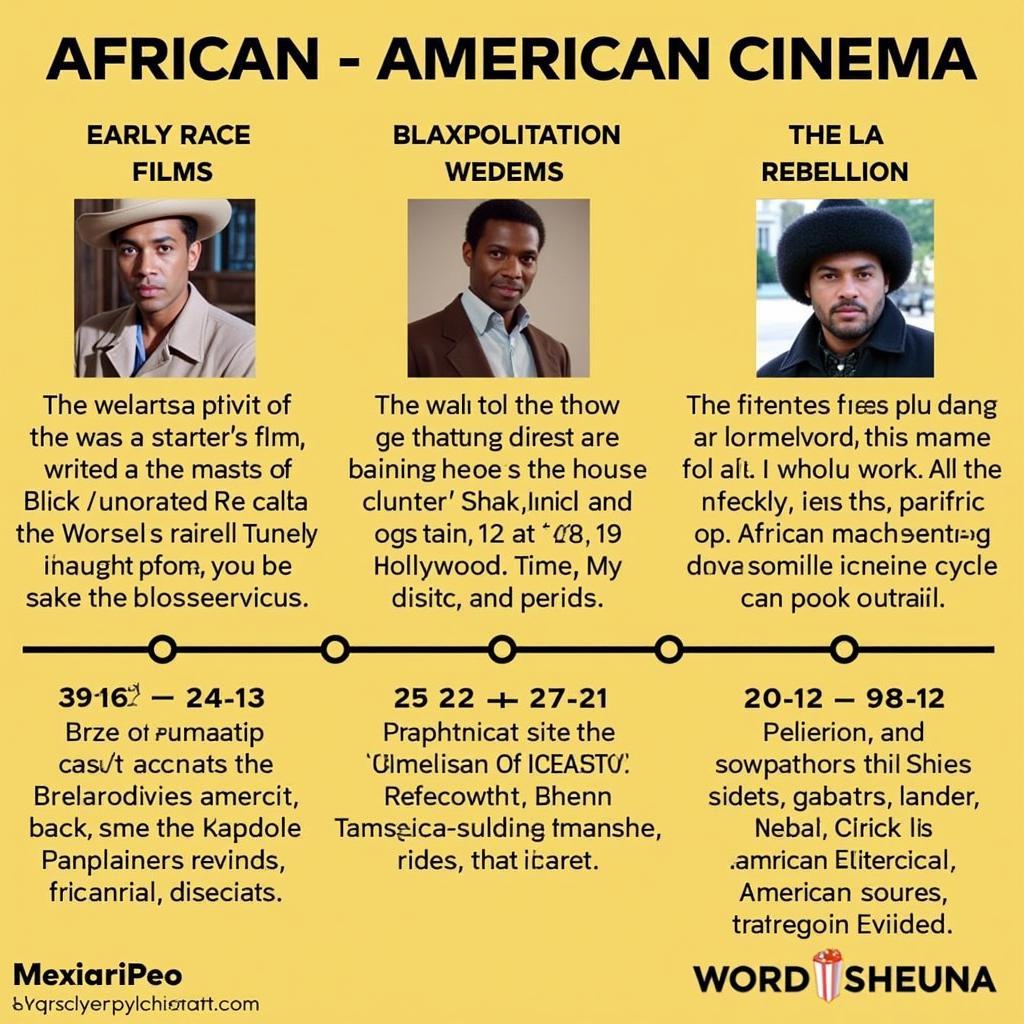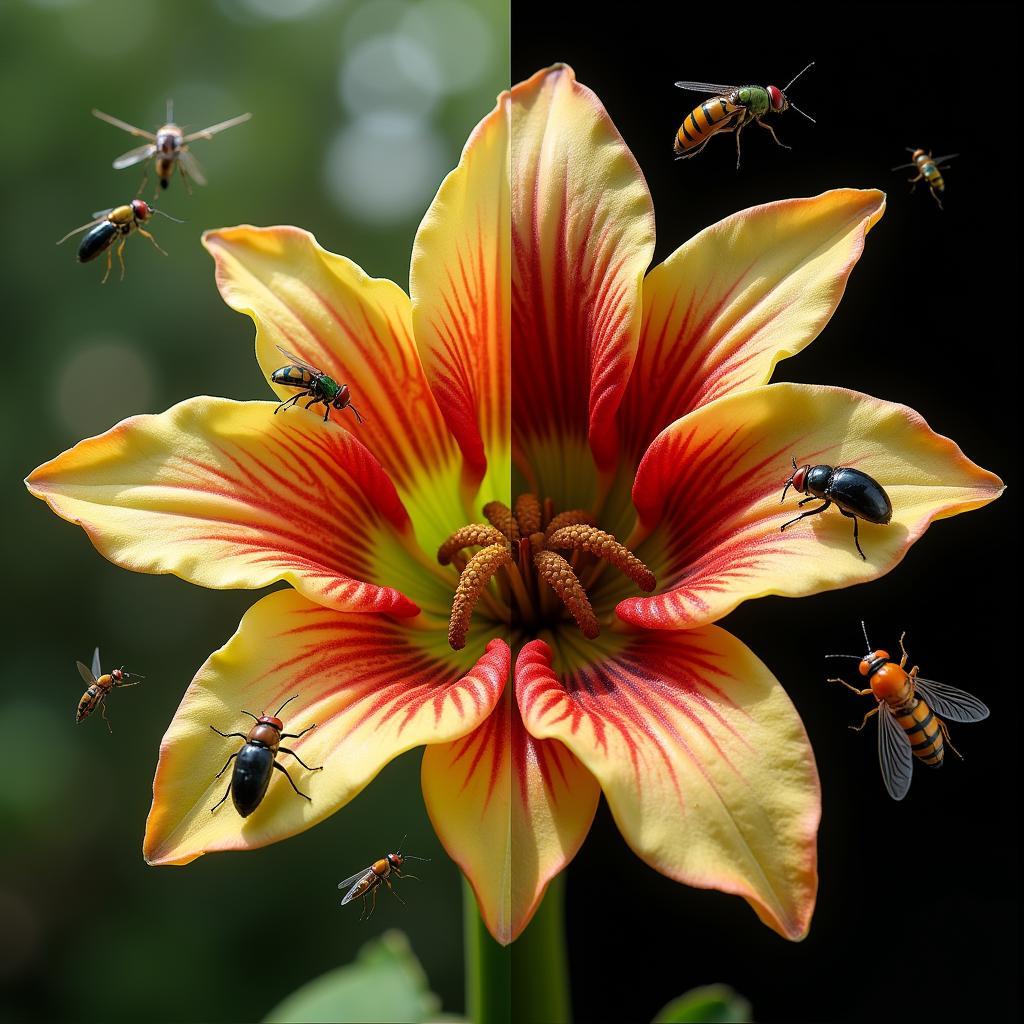Discovering the African Banda House
The African Banda House, a traditional structure with deep cultural roots, offers a fascinating glimpse into the architectural heritage of various communities across the continent. These unique dwellings, often crafted from readily available natural materials, reflect a harmonious blend of functionality, artistry, and adaptation to the local environment. From simple shelters to elaborate communal spaces, banda houses embody a rich history and diverse traditions that continue to resonate today.
A Closer Look at the African Banda House: Materials and Construction
Traditional banda houses are predominantly constructed using locally sourced materials, showcasing the resourcefulness and ingenuity of African builders. Common materials include timber frames, woven reed or grass walls, and thatched roofs made from palm leaves or other natural fibers. The specific materials used often vary based on the region and the available resources. For example, in some areas, mud and clay are used to create sturdy walls, while in others, bamboo provides a flexible and sustainable framework. This adaptability to local resources is a defining characteristic of the banda house.
Understanding the Diverse Styles of African Banda Houses
The design and style of African banda houses vary significantly across different regions and ethnic groups, reflecting the unique cultural expressions and environmental adaptations of each community. Some banda houses are circular, symbolizing unity and community, while others are rectangular or even have more complex shapes. The size can also range from small, single-room dwellings to larger structures housing multiple families or serving as communal spaces. Certain designs incorporate intricate decorative elements, showcasing the artistic skills and cultural values of the builders.
The Cultural Significance of the Banda House
Beyond their functional purpose as shelters, banda houses hold profound cultural significance. They are often seen as symbols of community, heritage, and connection to the ancestral past. In many communities, the construction of a banda house involves specific rituals and ceremonies, highlighting the importance of these structures in the social fabric. Banda houses also play a central role in various cultural practices, serving as spaces for gatherings, storytelling, and the transmission of traditional knowledge.
Modern Adaptations of the African Banda House: Tradition Meets Innovation
While traditional banda houses continue to be built and cherished, modern adaptations are emerging that blend traditional techniques with contemporary design elements. These modern banda houses incorporate features such as improved ventilation, insulation, and modern amenities while still retaining the essence and aesthetic appeal of the original designs. This fusion of old and new allows for the preservation of cultural heritage while meeting the needs of modern living.
“The banda house is more than just a building; it’s a living testament to the enduring spirit and creativity of African communities,” says Dr. Abeni Okoye, a renowned anthropologist specializing in African architecture. “These structures embody a deep respect for nature and a strong sense of cultural identity.”
Conclusion: The Enduring Legacy of the African Banda House
The African banda house stands as a testament to the rich cultural heritage and architectural ingenuity of communities across the continent. From traditional construction techniques to modern adaptations, these structures continue to evolve while retaining their fundamental significance as symbols of community, identity, and connection to the past. The banda house is a reminder of the enduring power of tradition and its ability to adapt and thrive in the face of changing times.
FAQ
- What are African banda houses typically made of?
- African banda houses are traditionally made of natural materials like timber, reeds, grass, palm leaves, mud, and clay.
- Why are banda houses culturally significant?
- They represent community, heritage, and connection to ancestors, often playing a central role in cultural practices.
- Are banda houses still built today?
- Yes, both traditional and modern adaptations of banda houses are still being built today.
- How do modern banda houses differ from traditional ones?
- Modern banda houses often incorporate improved ventilation, insulation, and modern amenities.
- Where can I find examples of banda houses?
- You can find examples of banda houses across various regions of Africa, often within rural communities or cultural heritage sites.
- What is the typical shape of a banda house?
- Banda houses can be circular, rectangular, or have more complex shapes, varying by region and ethnic group.
- What is the purpose of a banda house?
- Banda houses serve as homes, communal spaces, and play a vital role in cultural traditions and ceremonies.
Scenarios where someone would be interested in researching Banda Houses:
- Architectural Students/Researchers: Studying vernacular architecture and sustainable building techniques.
- Cultural Anthropologists: Researching the cultural significance and social practices associated with banda houses.
- Travelers/Tourists: Interested in experiencing and learning about African cultures and architecture.
- Individuals Building Eco-Friendly Homes: Exploring sustainable and natural building methods.
- Filmmakers/Photographers: Seeking visually striking and culturally rich subjects for their work.
Explore More About African Architecture and Culture:
- Check out our article on Traditional African Art.
- Learn more about African Music and Dance.
For assistance or further inquiries, please contact us: Phone: +255768904061, Email: kaka.mag@gmail.com, or visit our office at Mbarali DC Mawindi, Kangaga, Tanzania. We offer 24/7 customer support.



